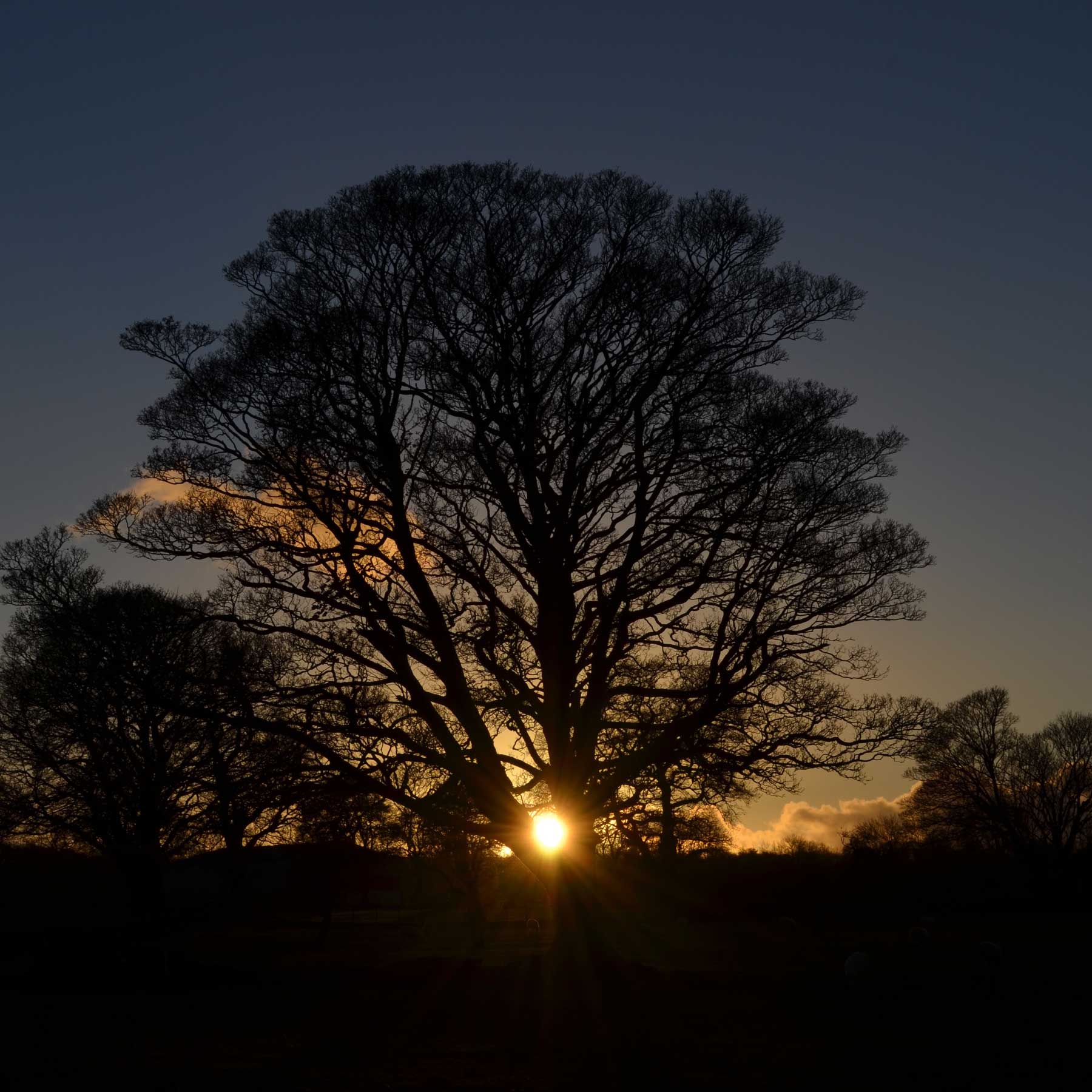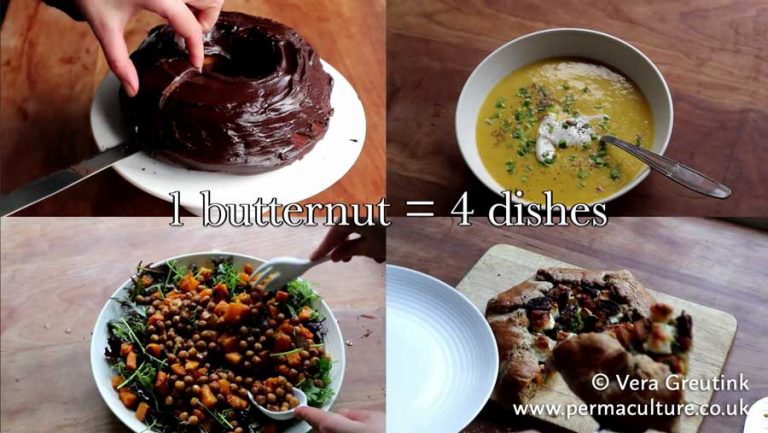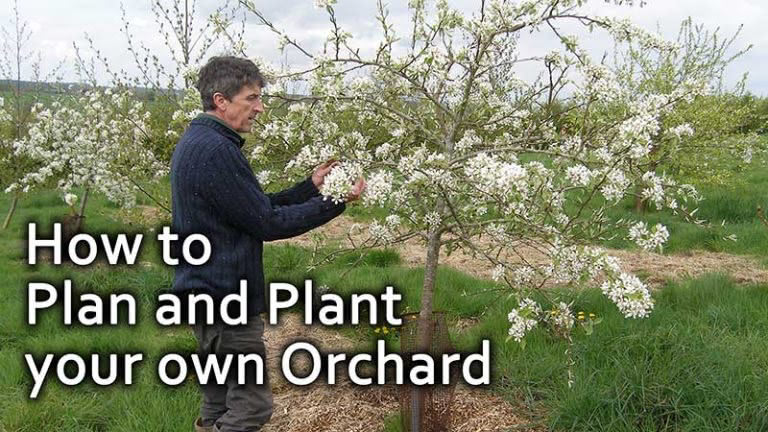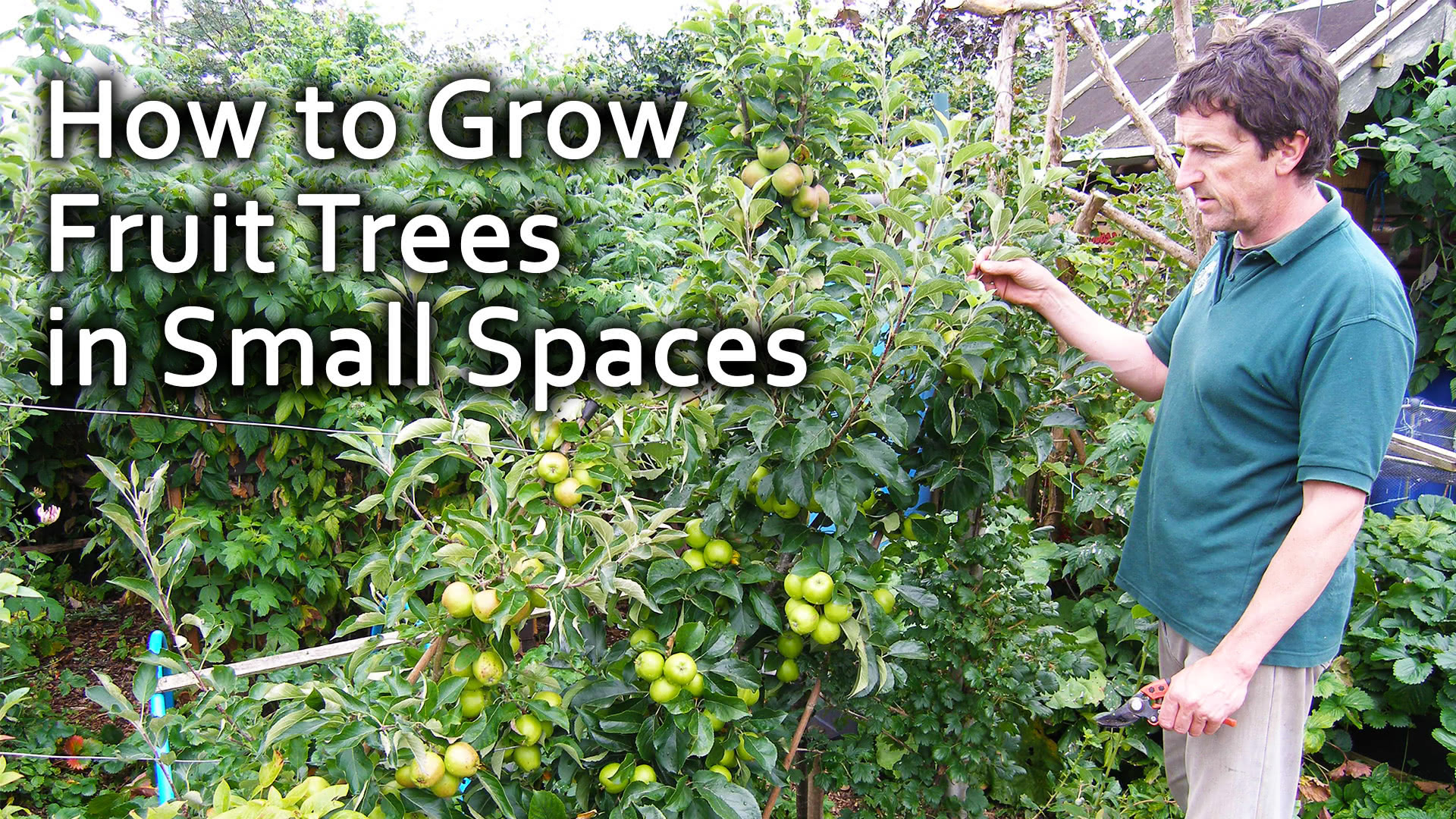Alan Carter grows a diverse range of food (leaves, fruits, roots and flowers) on his 200 square metre allotment in Aberdeen.
Maddy Harland has been growing a forest garden with fruit, nuts and unusual trees like Nepalese and Szechuan peppers on chalk for 30 years, with annual veg beds and a wildflower meadow.
Here the two bring together their knowledge and experience so others can create their own edible haven too.
Alan explains how he began designing and planting his plot; for many this means starting with a blank canvas like a lawn.
He shares techniques for feeding the soil and giving your young plants the best start, and how he made adaptations to the forest garden layers for his cooler climate. He shares some of his favourite plants and why you should only grow foods you like. He explores a range of useful plants, including wild garlic, (which is great for shady spaces), celery, angelica, raspberries and sea beet.
Maddy tells us how important it is to encourage pollinators, especially for increasing fruit and vegetable production, and how her honey bee hives have been a real bonus.
Alan offers tips for soil health and how to create a closed loop system, with no inputs coming from outside the garden. He also talks about managing slugs and snails, the many benefits of including a nettle patch, how to cook your harvests and why you should grow a mixture of annuals and perennials.
A Food Forest in your Garden
by Alan Carter
How to Make a Temperate Forest Garden: part 1
The Permaculture Magazine team have been publishing books and magazines since 1992.
Their YouTube channel www.youtube.com/PermacultureMagazine shares a range of videos from no dig organic gardening and food forests, to regenerative farming and keeping bees.











